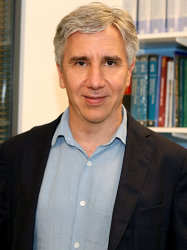BibTex format
@article{Alli:2023:10.1016/j.scitotenv.2023.162582,
author = {Alli, AS and Clark, SN and Wang, J and Bennett, J and Hughes, A and Ezzati, M and Brauer, M and Nimo, J and Bedford-Moses, J and Baah, S and Cavanaugh, A and Agyei-Mensah, S and Owusu, G and Baumgartner, J and Arku, R},
doi = {10.1016/j.scitotenv.2023.162582},
journal = {Science of the Total Environment},
pages = {1--11},
title = {High-resolution patterns and inequalities in ambient fine particle mass (PM2.5) and black carbon (BC) in the Greater Accra Metropolis, Ghana.},
url = {http://dx.doi.org/10.1016/j.scitotenv.2023.162582},
volume = {875},
year = {2023}
}

